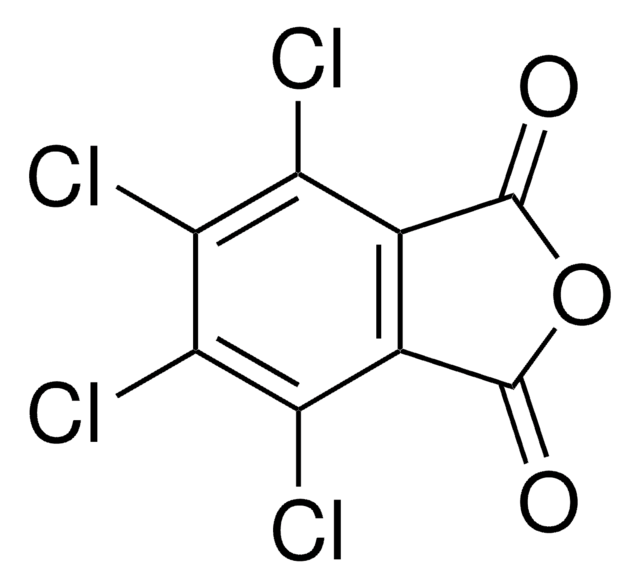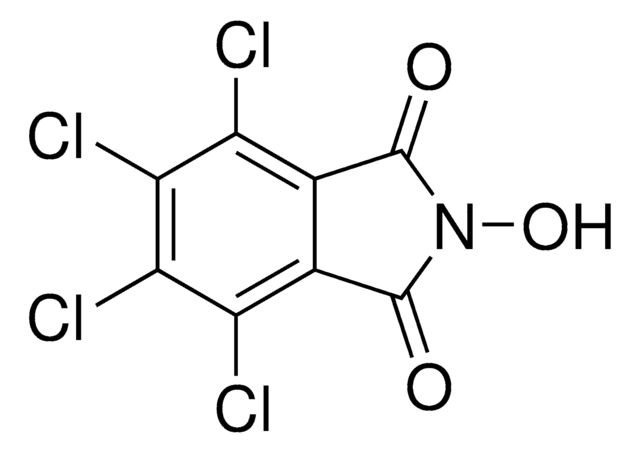215082
trans-1,4-Dichloro-2-butene
technical grade, 85%, remainder predominantly cis isomer
About This Item
Recommended Products
grade
technical grade
Quality Level
vapor pressure
10 mmHg ( 20 °C)
Assay
85%
form
liquid
refractive index
n20/D 1.488 (lit.)
bp
74-76 °C/40 mmHg (lit.)
mp
1-3 °C (lit.)
density
1.183 g/mL at 25 °C (lit.)
storage temp.
2-8°C
SMILES string
ClC\C=C\CCl
InChI
1S/C4H6Cl2/c5-3-1-2-4-6/h1-2H,3-4H2/b2-1+
InChI key
FQDIANVAWVHZIR-OWOJBTEDSA-N
Looking for similar products? Visit Product Comparison Guide
Related Categories
Application
Other Notes
Signal Word
Danger
Hazard Statements
Precautionary Statements
Hazard Classifications
Acute Tox. 1 Inhalation - Acute Tox. 3 Oral - Acute Tox. 4 Dermal - Eye Dam. 1 - Flam. Liq. 3 - Skin Corr. 1B
Storage Class Code
3 - Flammable liquids
WGK
WGK 3
Flash Point(F)
127.4 °F - closed cup
Flash Point(C)
53 °C - closed cup
Personal Protective Equipment
Choose from one of the most recent versions:
Already Own This Product?
Find documentation for the products that you have recently purchased in the Document Library.
Protocols
US EPA Method 8260 describes the analysis of volatile organic compounds in solid wastes and ground waters. This application illustrates the analysis of many compounds commonly analyzed by this method using purge and trap coupled to GC-MS.
Our team of scientists has experience in all areas of research including Life Science, Material Science, Chemical Synthesis, Chromatography, Analytical and many others.
Contact Technical Service









